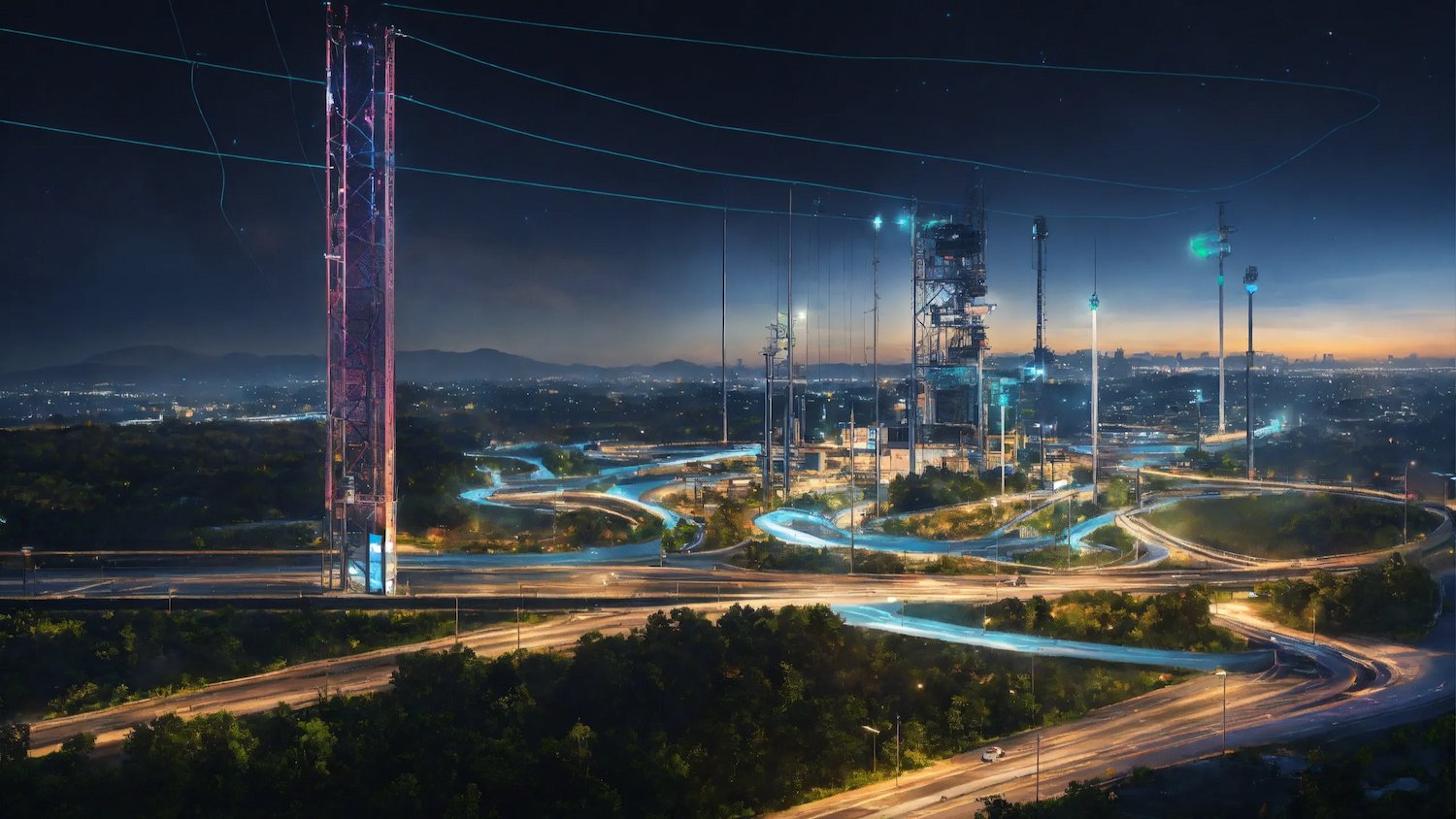A Visionary Shift in MENA: Qatar, Oman, UAE, Saudi Arabia
In recent years, the Gulf Cooperation Council (GCC) nations – Qatar, Oman, the UAE, and Saudi Arabia – have been on a transformative journey. Beyond oil, they’re diversifying their economies through forward-thinking national visions, bold investments in AI, renewables, smart infrastructure, and deep ties with global tech partners. Here’s a refined outlook on how these nations will develop over the next 5–10 years.
Qatar: Data, AI, and the Smart Nation Ethos
Qatar National Vision 2030 laid the foundation for sustainable, knowledge-driven growth. The National AI Strategy (2019) complements this, focusing on data ethics, education, employment, business, research, and governance.
How’s Qatar gearing up?
- Ooredoo’s data-centre roll-out: QR2 bn (~$550 m) leveraged as backbone for AI demand-driven infrastructure.
- Global cloud collaboration: Microsoft and Google operating local cloud regions in Doha, expected to create ~$36 billion in economic output.
Next 5–10 years:
- Growth in AI‑based public services (transport, education, healthcare).
- Expansion of data‑center power (already one of the GCC’s densest per capita), supporting SMEs and startups.
- Continued partnerships with Microsoft, Google, NVIDIA to stay at cutting‑edge capacity.
Oman: From Oil to Green Tech and AI Empowerment
Oman Vision 2040 targets economic diversification, moving away from oil (~26% of GDP as of 2020) toward sustainability and innovation.
Green hydrogen & renewables:
- A $30 billion green‑hydrogen mega‑project (operational by 2028), generating 8.5 Mtpa by 2038.
- Duqm and Salalah earmarked for wind/solar + green-hydrogen industrial nodes.
Digital ecosystem & SME-centric AI:
- Oman Technology Fund and Oracle support startups/SMEs on AI, blockchain, cloud.
- GPU-based cloud platform “Nebula” by Oman Data Park, through partnership with NVIDIA.
Next 5–10 years:
- Green‑hydrogen exports & tech‑driven clean‑energy industries.
- AI-enabled agriculture and fisheries, with IoT and predictive analytics.
- SME digitalization boosts: AI-driven FinTech, logistics, cybersecurity.
UAE: AI Pioneer with a Vast Tech Toolbox
Under the UAE Centennial 2071 and UAE AI Strategy 2031, the UAE is doubling down on AI – becoming the first country with an AI minister (appointed 2017), AI university, and soon, an AI cabinet advisor system.
How it unfolds:
- Data‑center boom: Abu Dhabi building the largest AI‑optimized cluster; Ajman planning a 100 MW datacenter by 2025.
- Global tech entry: Partnerships with AWS, Oracle, Nvidia, OpenAI (“Stargate”) plus ADNOC’s push into U.S. energy and AI projects totaling $440 BLN.
Next 5–10 years:
- Generative AI, robotics, autonomous transit, 6G, quantum, edged computing in health, transport, education.
- UAE AI system embedded directly in policymaking by 2026 – pathbreaking cabinet-level assistant.
- SME ecosystem: digital accelerators (Dubai Chamber of Digital Economy), coding programs (100,000 coders, 1 000 startups), and strong FinTech presence.
Saudi Arabia: Vision 2030’s Digital and Industrial Megatrends
Saudi Vision 2030 has made AI and digital transformation its technological spine. SDAIA (est. 2019) and National Strategy for Data & AI (NSDAI) fuel massive public-private programs aimed at top-15 global AI ranking by 2030.
Economic projection: AI could contribute $235 bn (~12.4% of GDP) by 2030.
Key moves underway:
- Humain (launched May 2025), PIF-backed: multimodal Arabic LLM, data centres, GPU infrastructure – 18 000 Nvidia GPU deal plus AMD, Qualcomm, AWS $5 bn zone.
- Project Transcendence & Alat: $100 bn each in AI ecosystem – data centers, semiconductor, smart cities.
- NEOM & Oxagon: high-tech, sustainable megacities using AI, hydrogens, IoT and semiconductors.
- Cloud and data regulation: Cloud-first policies, privacy law, dropping energy costs via renewables – Saudi to host 11 GWh battery storage by 2025.
The next decade:
- Saudi aims to lead Arabic AI: infrastructure, LLMs, Arabic NLP.
- Industrializing AI: semiconductors, chip R&D, high-value added manufacturing.
- AI across core sectors: energy (Aramco), logistics, construction, health, agri-tech.
- NEOM’s tech backbone: Trojena, Oxagon, The Line powered by data, robotics, hydrogen.
These countries are not just planning transformation – they’re executing it, with deep pockets, global partners, and eye-catching national visions. The next 5–10 years will reveal whether they can maintain sync between ambition, execution, and equitable economic benefit.
